Click on the pictures. Worksheets to print. (Pincha en las imágenes. Fichas para imprimir)
THE ALPHABET
THE NUMBERS
- Numbers:
- 1-10: one, two, three, four, five, six, seven, eight, nine, ten.
- 11-20: eleven, twelve, thirteen, fourteen, fifteen, sixteen, seventeen, eighteen, nineteen, twenty.
- 10-100: ten, twenty, thirty, forty, fifty, sixty, seventy, eighty, ninety, a hundred.
Numbers
Numbers
MONTHS OF THE YEARS
DAYS OF THE WEEK
UNIT 1 IN THE COUNTRY
VOCABULARY: rucksack, watch, compass, torch, camera, notebook,
binoculars, map
Repaso: trees, pencil, big, T-shirt, frog, small, jumper, pencil
case, book, What can you see? I can see (a bird). What is it?
This is (fantastic). It’s (a beautiful bird).
GRAMMAR: HAVE GOT
UNIT 2 " LET´S PLAY"
VOCABULARY: play computer games, play football, play basketball,
play tennis, play the piano, play the violin, play the drums,
play the recorder. skate, dive, ride a horse, skateboard, paint, draw,
play the drums, play the violin, Can she (skate)? Yes, she can.
Can he dive? No, he can’t.
Repaso: I can (play the recorder). I can’t (play the violin).
football
hopscoth
hide and seek
basketball
tag
computer games
cards
ABILITIES: Usamos el verbo CAN (o en su forma negativa, CAN'T), junto con un verbo (play the drums).
- Ejemplo:
I can play board games in the classroom: Yo puedo jugar a juegos de mesa en la clase
CLICK HERE TO WATCH THE STORY
CLICK HERE TO WATCH THE STORY
LINKS TO REINFORCE
UNIT 3- CLOTHES

VOCABULARY
STORY
SEASON SONG
UNIT SONG: I´M NOT COLD
|  | ||||||
GAMES
Clothes
Vocabulary
Skirt: falda
Shirt: camisa
T-shirt: camiseta
Jumper: jersey
Shoes: zapatos
Socks: calcetines
Coat: abrigo
Shorts: pantalones cortos
Trousers: pantalones largos
Spring: primavera
Summer: verano
Winter: invierno
Autumn: otoño
Sentences. Examples
I’m wearing a coat and trousers: Yo llevo puesto un abrigo y pantalones
She’s wearing shoes and socks: Ella lleva puesto zapatos y calcetines
He’s wearing a shirt: Él lleva puesto una camisa
It’s Winter: Es invierno
My favourite season is summer: Mi estación favorita es verano
UNIT 4, MY BEDROOM
HOUSE
Where's Li? (¿Dónde está Li?)
She's in the kitchen (Ella está en la cocina)
Is the sofa in the living room? Yes, it is / No, it isn't
(¿Está el sofá en el salón? Si, está / No está))
Is the ball on / under / next to the table? Yes, it is / No, it isn't
(¿Está la pelota encima / debajo / al lado de la mesa? Si, está / No está)
Games Juegos
House
House
House
House
House
House
House
House
House
House
PREPOSITIONS OF PLACE
UNIT 5 WILD ANIMALS
Vocabulary
Body parts:
teeth: dientes
tail: cola
claws: garras
feathers: plumas
whiskers: bigotes
wings: alas
shell: caparazón
fur: piel (con pelo)
beak: pico
scales: escamas
Animals:
tiger: tigre
monkey: mono
cat: gato
parrot: loro
bird: pájaro
turttle: tortuga
hare: liebre
rabbit: conejo
fish: pez
crocodrile: cocodrilo
snake: serpiente
lizard: lagartija
hamster: hamster
frog: rana
cheetah: guepardo
elephant: elefante
chameleon: camaleón
Types of animals:
mammals: mamíferos
reptiles: reptiles
birds: aves
Grammar
Afirmative
It has got a shell (Tiene un caparazón)Negative
It hasn't got whiskers (No tiene bigotes)
Interrogative
Has it got a tail? (¿Tiene cola?)
Short answers
Yes, it has (Si, tiene)
No, it hasn't (No, no tiene)
Cuando hablamos sobre animales en singular usamos it y en plural they.
Colocamos a (un, una) delante de las partes del cuerpo que van e singular: a tail, a beak, a body, a head, a shell.
No colocamos a delante de las partes del cuerpo que van en plural: feathers, scales, wings, whiskers, claws, fur, hair.
| Affirmative | |||||
| I | have got | I've got | yo tengo | ||
| you | have got | you've got | tú tienes/vosotros tenéis | ||
| he | has got | he's got | él tiene | ||
| she | has got | she's got | ella tiene | ||
| it | has got | It's got | animal o cosa tiene | ||
| we | have got | we've got | nosotros tenemos | ||
| they | have got | they've got | ellos tienen |
Negative
| I | haven't got | yo no tengo | |
| you | haven't got | tú no tienes/vosotros tenéis | |
| he | hasn't got | él no tiene | |
| she | hasn't got | ella no tiene | |
| it | hasn't got | animal o cosa no tiene | |
| we | haven't got | nosotros no tenemos | |
| they | haven't got | ellos no tienen |
| ||||||||||||||||||
Yes, I have Si, tengo No, I haven't No, no tengo
Yes, he has Si, él tiene No, he hasn't No, no tiene
Yes, she has Si, ella tiene No, she hasn't No, ella no tiene
Yes, it has Si, animal tiene No, it hasn't No, animal no tiene- WILD ANIMALS:
- NEWS: crocodile, parrot, zebra, python, monkey, gorilla, lion, flamingo.
- Revision: elephant, tiger, hippo, rhino, giraffe, snake, whale, dolphin, shark.
- Pets (revision): dog, cat, mouse, rabbit,
- Farm animals(revision): horse, hen, pig, cow, chicken
BODY PARTS (animals):
News: feathers (plumas), whiskers (bigotes), claws(garras), scales (escamas) - HEAD: a mouth, a nose, a beak (pico), a trunk(trompa), ears, eyes, hair, teeth (a tooth),horns(cuernos)
- BODY: a neck, a tail(cola), fins(aletas),wings, arms, feet(a foot),legs
ADJETIVES: big, small, long, short, funny, dangerous, beautiful, strong, friendly, intelligent, fast, slow.
ACTIONS / ABILITIES:
- Jump, walk, run, fly, swim, climb, wriggle(reptar), hunt(cazar), bite(picar).
- Live, eat.
HABITAT:
- Jungle, desert, river, ocean, sea, lake, mountain, forest(bosque), savannah, Pole North, farm, home.
- Classification: Terrestial (on land), aquatic (in water), aerial (in air).
FOOD:
- Carnivours: small animals, insects, fish, meat.
- Herbivours: plants, grass, leaves, fruit, flowers.
BIRTH:
· Mammals· Birds
· Reptiles
STRUCTURES
Colour Verb to be (ser)
It can fly
It can't swim
Parrots can talk but they can't run
Can it run? Yes, it can/ No, it can't
- The snake is green.
- It's black and white.
- Is it brown? Yes, it is/ No, it isn't
- It's long.
- It's very small.
- It isn't big.
- It isn't very short.
- Is it log? Yes, it is / No, it isn't
Body / Description Verb to have got (tener)
- It's (has) got big ears.
- It's got a short tail.
- It hasn't got legs.
- It hasn't got a yellow head.
- Has it got four legs? Yes, it has/ No, it hasn't
It can't swim
Parrots can talk but they can't run
Can it run? Yes, it can/ No, it can't
Habitat Verb to live: vivir
- Whales live in oceans.
- Do they live in water? Yes, they do/ No, they don't
Food Verb to eat: comer / like: gustar
- Gorillas eat bananas.
- They like green leaves.
- They don't eat meat.
- Do they eat plants? Yes, they do/ No, they don't
ANIMALS DESCRIPTIONS
It is big. It can swim but it can't fly. It has got big teeth and a long tail. It lives in water and on land. It eats meat.
REINFORCE ACTIVITIES
Activities online
- Animals 01. What is it? Elige la opción correcta.
- Animals 02.
- Wild animals 01. Wild animals and exercises with "can" and verbs fly, run, jump, swim etc.
- Wild animals 02.
- Animals for young learners. Animals for young learners: 1. What is in the picture? 2. Write the missing letters 3. Write the words.
- ABC at the Zoo. Basic Vocabulary for beginners.
- 2 exercises Kindergarten Children. This material consists of 2 exercises. 1 Answer the questions 2. What animal is it?
- Where do they live? Animals and habitats. First of a serie of exercises on animals and their habitats and what they can or can´t do.
Songs
Noah's Ark.
Stories:
- Who's eating who in the cruel jungle?
- Brown Bear, Brown Bear, What Do You See?. The story introduces a series of animals asking the same question, "What do you see?"
UNIT 6
Grammar
Para expresr las comidas que nos gustan usamos el verbo like con la estructura
Sujeto + LIKE / LIKES + alimento


Para expresar las comidas que no nos gustan usamos la estructura
Sujeto + DON'T / DOESN'T + LIKE + alimento

VOCABULARY
fruit juice: zumo de fruta
strawberries: fresas
yogourth: yogur
milk: leche
ice cream: helado
chocolate
crisps: patatas de paquete
salad: ensalada
chicken: pollo
sandwiches
water: agua
cheese:queso
fish: pescado
egg: huevo
onion: cebolla
sausages: salchichas
tomatoes: tomates
potatoes: patatas
meat:carne
bread: pan
carrots: zanahorias
sugar: azúcar
ham: jamón
tuna: atún
biscuit: galleta
banana: plátano
apple: manzana
orange: naranja
Para expresr las comidas que nos gustan usamos el verbo like con la estructura
Sujeto + LIKE / LIKES + alimento


Sujeto + DON'T / DOESN'T + LIKE + alimento

VOCABULARY
fruit juice: zumo de fruta
strawberries: fresas
yogourth: yogur
milk: leche
ice cream: helado
chocolate
crisps: patatas de paquete
salad: ensalada
chicken: pollo
sandwiches
water: agua
cheese:queso
fish: pescado
egg: huevo
onion: cebolla
sausages: salchichas
tomatoes: tomates
potatoes: patatas
meat:carne
bread: pan
carrots: zanahorias
sugar: azúcar
ham: jamón
tuna: atún
biscuit: galleta
banana: plátano
apple: manzana
orange: naranja
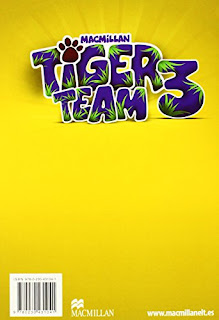

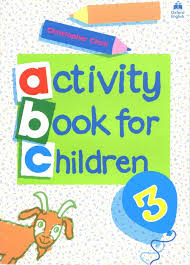

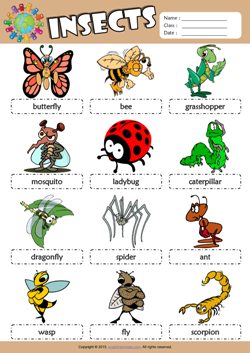
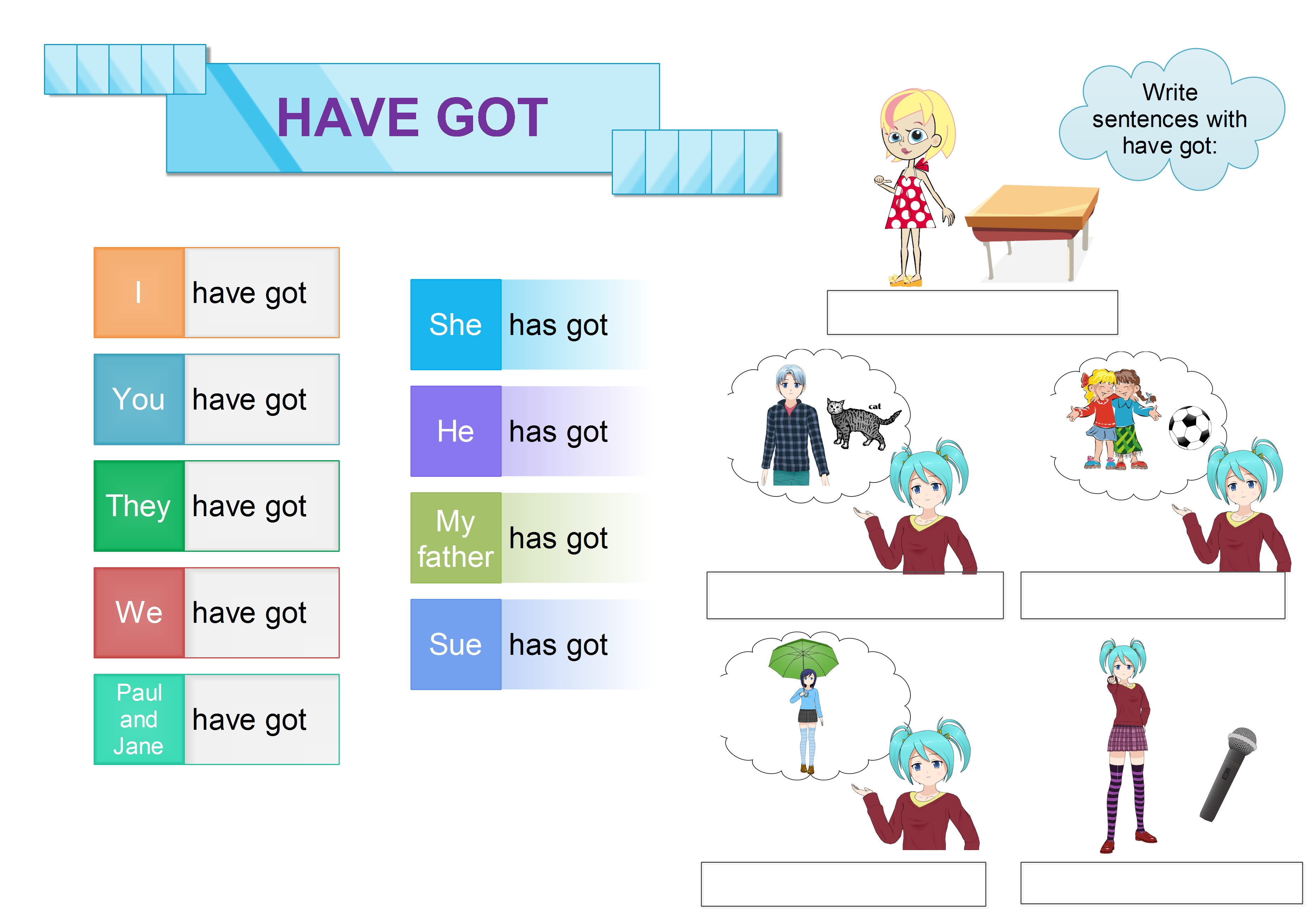




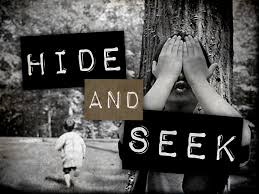


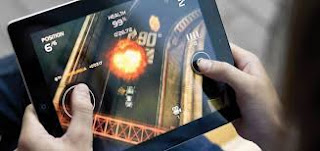
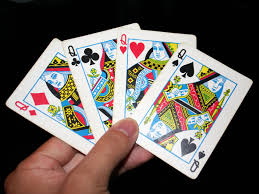











No hay comentarios:
Publicar un comentario